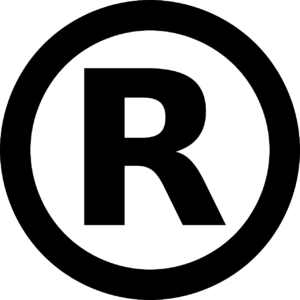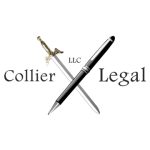The Lanham Act & Trademarks: An Introduction

Navigation
- What is the Lanham Act?
- What does the Lanham Act prohibit?
- What are the four major Lanham Act violations?
- What is a common law trademark?
- What damages are available under the act?
- What is the burden of proof for trademark infringement?
- What is the most common remedy for trademark infringement?
- Most common defenses against trademark infringement claims
What is the Lanham Act?
The Lanham Act, also known as the Trademark Act of 1946, is the foundation of trademark law in the US. This Act enacted the federal statutes that established the current legal system for registering and protecting trademarks in the US. The federal statutes start at 15 U.S.C. § 1051. The full text of the Lanham Act can be found here.
What does the Lanham Act prohibit?
The Trademark Act prohibits the unauthorized use of a registered trademark by third parties. It also prohibits the use of marks that are confusingly similar or would dilute a registered mark’s value. The purpose of the statute is to prevent confusion or deception as to the source of goods or services.
What are the four major Lanham Act Violations?
- Trademark infringement
- Trademark dilution
- Unfair competition
- False advertising
What is a common law trademark?
Common law trademark rights are rights obtained by a business or individual simply from using a mark in commerce. These rights exist only at the state level, as federal trademark protection requires a mark to be officially registered.
What damages are available under the act?
The Trademark Act of 1946 permits injured parties to seek disgorgement of an infringing party’s profits, actual damages, reasonable royalties, and attorney’s fees. See 15 U.S.C. § 1117 for detailed information on damages under trademark infringement.
What is the burden of proof for trademark infringement?
To prevail on a claim of trademark infringement, a plaintiff must prove by a preponderance of the evidence that:
- Plaintiff owns a valid mark;
- Plaintiff’s mark is senior to defendant’s mark;
- Defendant’s mark is likely to cause confusion as to the source of goods/services, or is likely to dilute plaintiff’s mark by making it less distinguished.
What is the most common remedy for trademark infringement?
While trademark infringement claims often seek statutory damages, lost profits, and damage multipliers, the most common remedy is injunctive relief. Damages require proof of loss, and damage multipliers require proof of intent. However, the fundamental remedy to unauthorized use of a mark is stopping the use, which constitutes injunctive relief.
Most common defenses against trademark infringement claims
Descriptive Fair Use: the mark is being used in a manner that is descriptive of a product or service, as opposed to in a manner that identifies its source. Ex: the use of the words “sweet-tart” to describe the taste of a drink does not infringe on “Sweetarts” trademark.
Nominative Fair Use: the mark is a well-known way to refer to a good or service itself and not just the source, the mark is being used to refer to a good or service itself, and no affiliation is being implied in the use of the mark. Ex: the Boston Marathon is the most common way to refer to a special marathon held in Boston.

About
Attorney Collier started his own law firm straight out of law school and has been practicing law in Ohio for 5+ years. During that time, Joe focused on business law and litigation, gaining some exposure to intellectual property law. While running his firm in 2021, Joe decided to go back to school and get his patent license. Since then, Attorney Collier has been focusing on protecting innovators and entrepreneurs through his expertise in intellectual property and business law.
